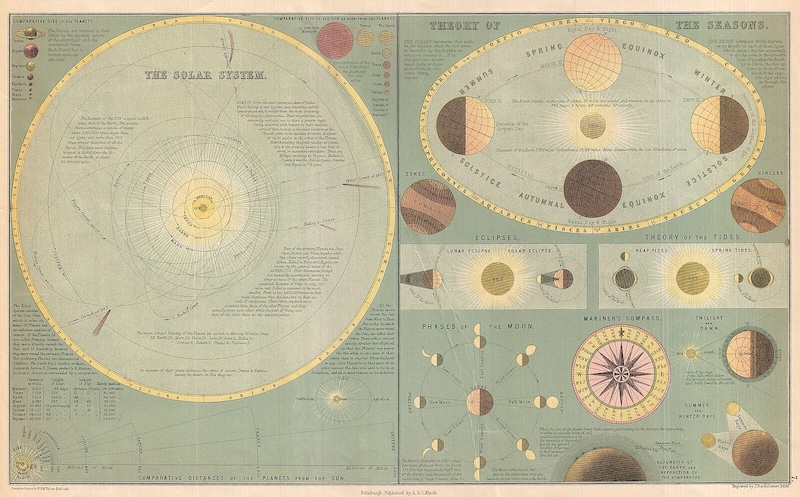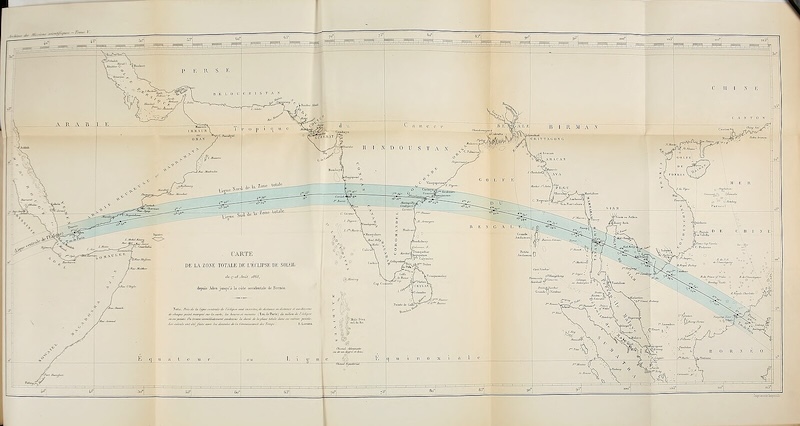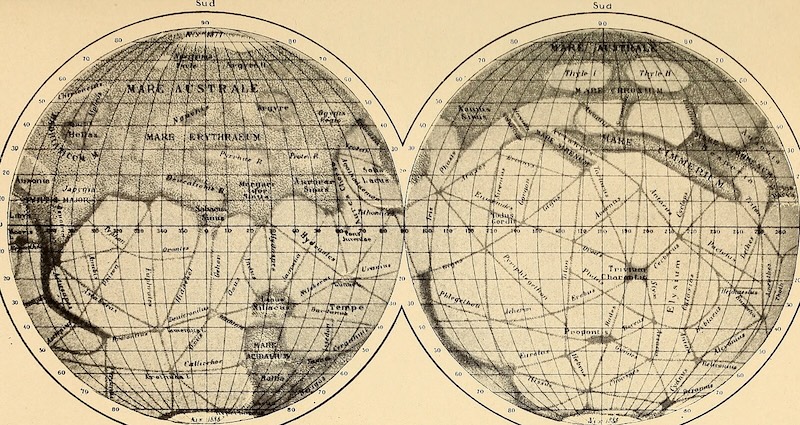
Photo: Wibu Iu via Wikimedia Commons (CC BY-SA 4.0)
When was the last time you remember watching a solar or lunar eclipse? The Great North American Eclipse of April 8, 2024, was the last time this celestial event occurred, and it was visible across parts of the United States, Mexico, and Canada. A partial eclipse happened on September 21, 2025, in parts of Australia, New Zealand, the Pacific Islands, and Antarctica.
Eclipses are rare, but they're naturally occurring events where celestial bodies overlap each other or move into another’s shadow. They’ve happened numerous times throughout recorded history, often believed to be moments of great reckoning or spiritual significance. Nowadays, we approach eclipses with more of a scientific understanding, but it’s still worth remembering how they were historically received.
An online archive called the Eclipse Atlas has done just that. Functioning, according to the project site, as both museum and gallery, the Eclipse Atlas compiles newspaper clippings, maps, and illustrations tracing solar and lunar eclipses as early as 1654. The project also provides historical context for many of these sources, such as providing background on important early thinkers and astronomers like Johannes Kepler and Nicolaus Copernicus.
Some of the most compelling archives include early photographs attempting to capture images of this solar phenomenon, drawn-out diagrams depicting different phases of an eclipse from the 1600s, and more.
The Eclipse Atlas aims to help people learn more about eclipses and plan for possible viewing experiences in the future. Using the maps and resources they themselves compiled, the Eclipse Atlas team has innovated a number of advancements in tracking the solar phenomenon. Some of these advancements include creating a precision eclipse map that takes the Moon’s shape irregularities into account, a “globe” of solar eclipses, and more.
Since the Eclipse Atlas is a resource for the past, present, and future, the online archive also includes clips and images from recent events intermingled with the earlier ephemera. It provides information on upcoming total solar eclipses, which, according to the project site, will happen on August 12, 2026, August 2, 2027, and July 22, 2028.
Visit the project site to learn more about this intriguing and show-stopping celestial event.
The Eclipse Atlas is an online archive that traces documentation of eclipses past, present, and future.

Photo: Black A. and C., “General Atlas Of The World” via Wikimedia Commons (Public domain)
With diagrams and maps dating as far back as 1654, the project is thorough and nothing short of spectacular.

Photo: Johann Christoph Sturm via Wikimedia Commons (Public domain)
The Eclipse Atlas has also contributed to furthering research on these solar phenomena, including creating more comprehensive solar maps and predicting future events.

Photo: France. Ministère de l'Instruction Publique via Wikimedia Commons (Public domain)
Visit the Eclipse Atlas website to explore its documents and learn more.

Photo: Serviss, Garrett Putman; Rouben Mamoulian Collection (Library of Congress) DLC via Wikimedia Commons (Public domain)
Sources: Eclipse Atlas Is a Searchable Archive Capturing the Alluring Phenomenon Through the Ages
Related Articles:
Amateur Astrophotographer Captures Incredible Solar Eclipse on Saturn
Solar Eclipse Photo Contest Winners Celebrate North America’s Recent Total Eclipse
105-Year-Old Solar Eclipse Chaser Is Ready To Watch His 13th Eclipse






















































































